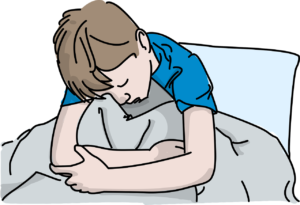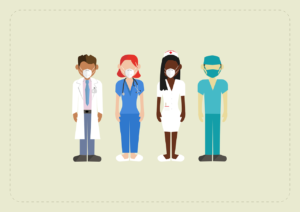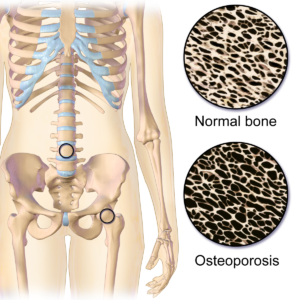 Dysmenorrhea refers to lower abdominal pain felt during menstruation. It is divided into two broad categories, which are primary and secondary dysmenorrhoea.
Dysmenorrhea refers to lower abdominal pain felt during menstruation. It is divided into two broad categories, which are primary and secondary dysmenorrhoea.
- Primary dysmenorrhea refers to the presence of pain during menses without any obvious gynaecological disease that could account for these symptoms. The pain is typically recurrent, crampy pain that starts just before or with the onset of menses and then gradually reduces over the next 24 to 72 hours. It is more often seen in adolescents and young females. Physical examination and an ultrasound scan of the pelvis is usually normal.
- Secondary dysmenorrhea refers to the pain before and/or during menstruation in females with a gynaecological disease that could explain the symptoms. These could be endometriosis, adenomyosis, or uterine fibroids. The cramping pain can be in the lower abdomen, lower back or radiates to the inner thighs. The pain may even persist after menstruation has stopped.









